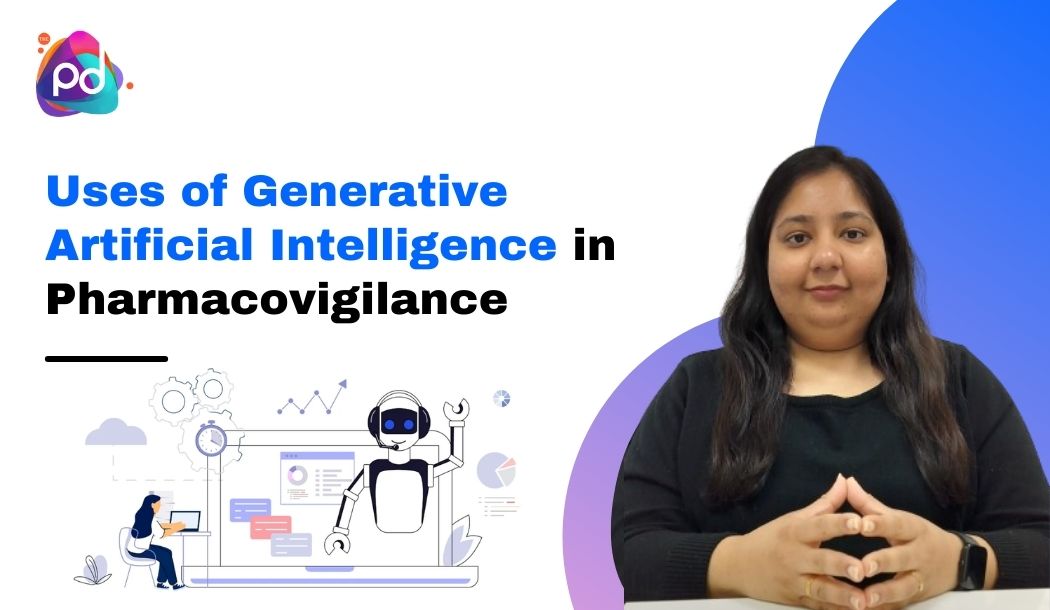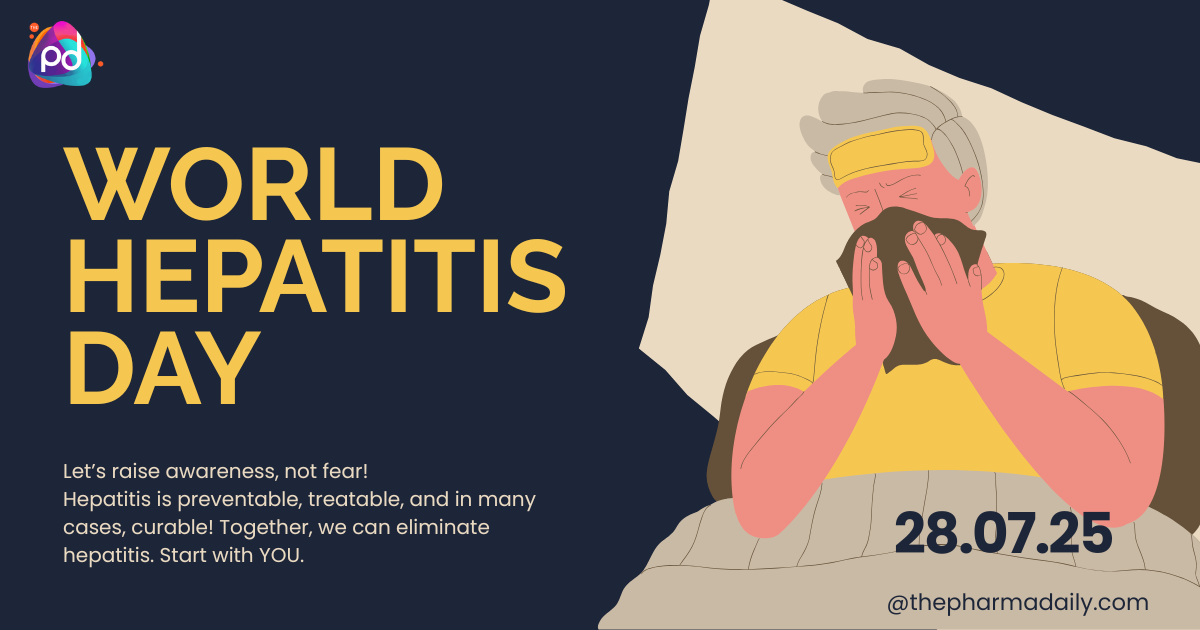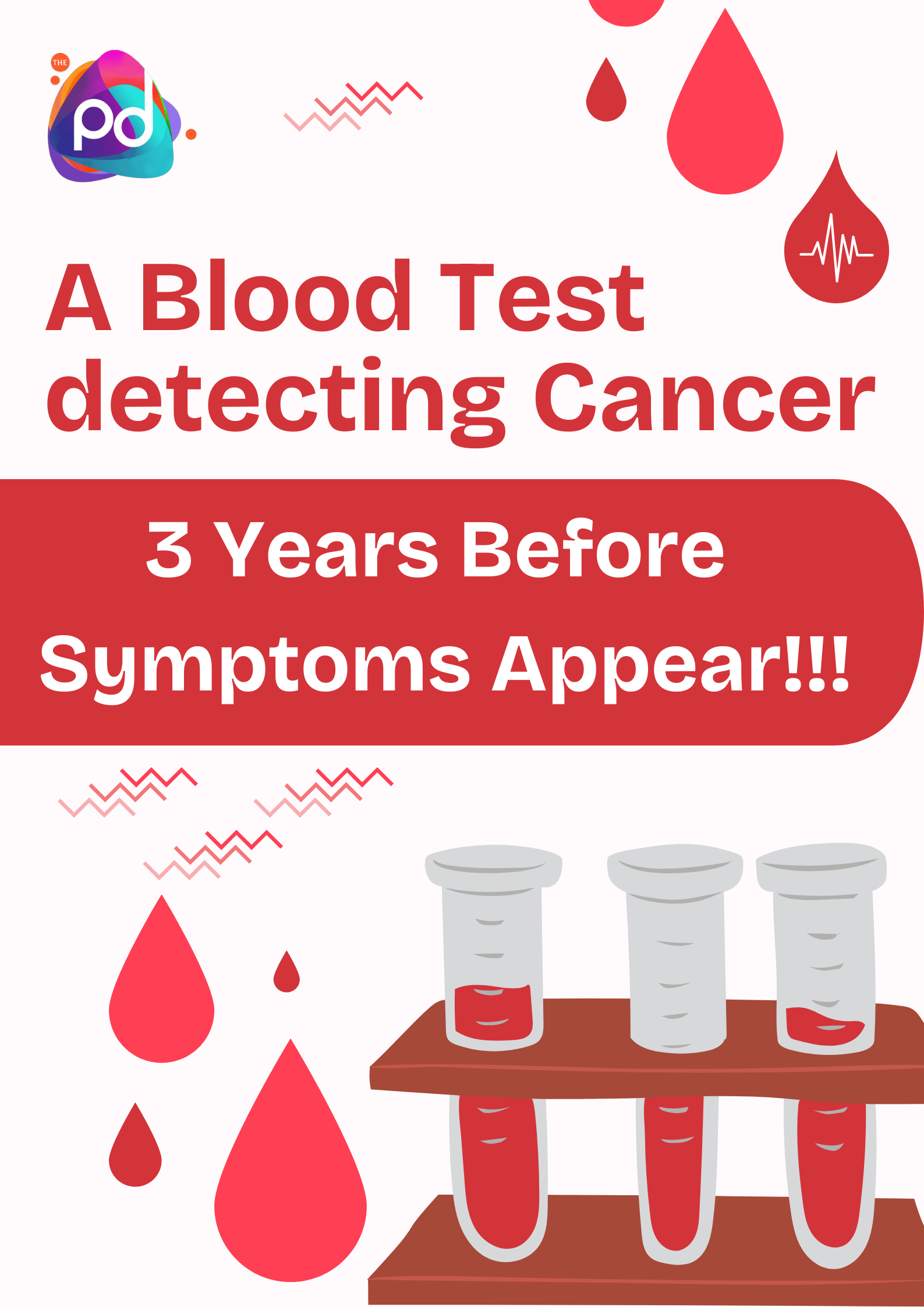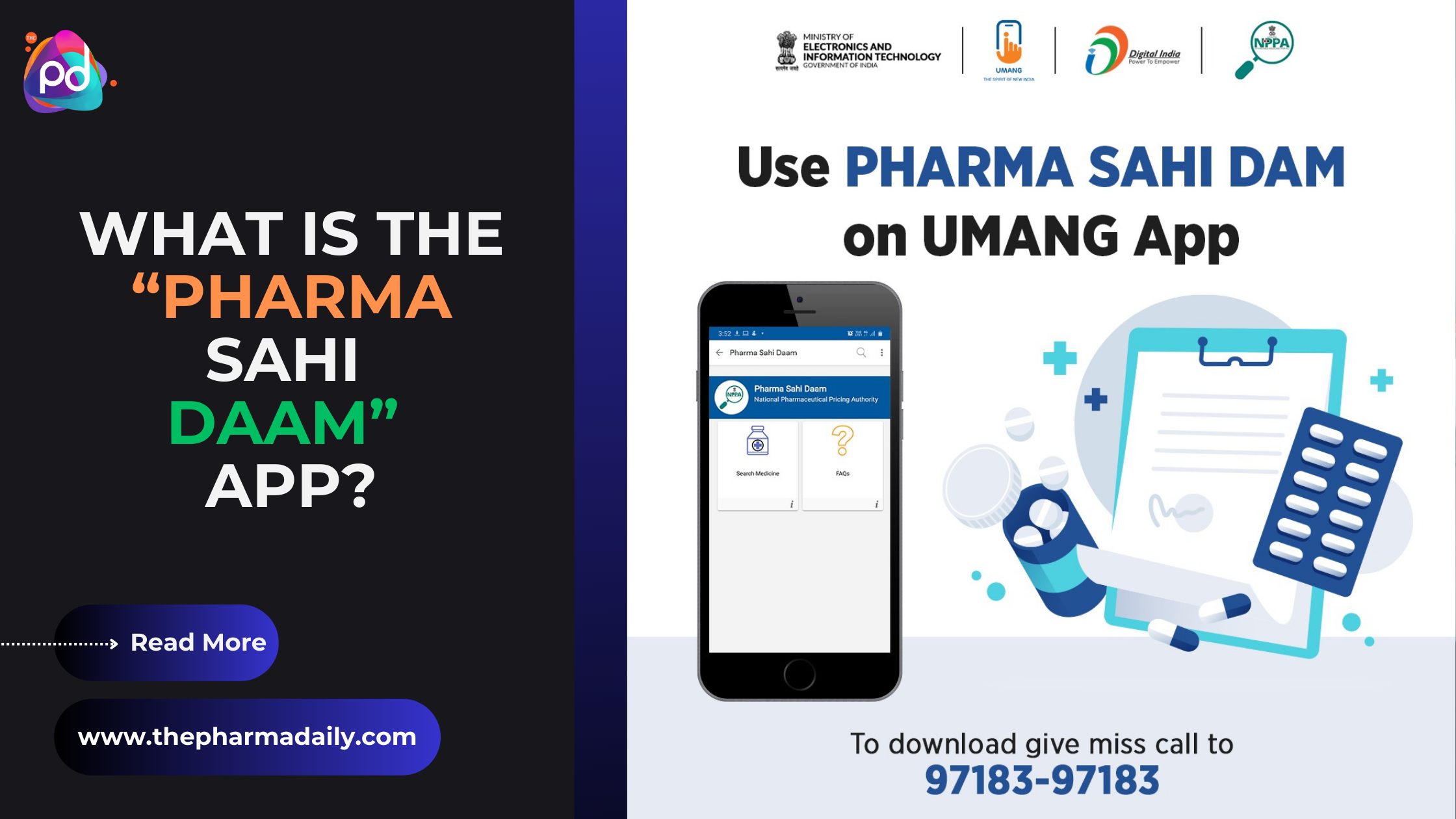World Hepatitis Day 2025 – Let’s Break It Down
Uses of Generative Artificial Intelligence in Pharmacovigilance
Generative artificial intelligence (AI) is transforming the landscape of pharmacovigilance, the field primarily concerned with the detection, assessment, understanding, and prevention of adverse effects or any other drug-related problem. By harnessing the power of self-learning algorithms, generative AI tools are reshaping how healthcare professionals and regulatory bodies monitor and respond to medication safety.
Natural Language Processing (NLP) and Machine Learning Applications
Generative AI is mainly used in natural language processing (NLP) and machine learning applications in pharmacovigilance. NLP engines can understand and interpret human language and extract critical information from various sources, such as electronic health records, social media, medical literature, and spontaneous reports. This capability significantly reduces the manual efforts required and leads to earlier identification of potential drug-related safety signals.
Signal Triage and Prioritization
Generative AI helps prioritize safety signals based on their severity and potential impact. It can analyze the context and patterns in adverse event reports and prioritize those that require immediate attention. This streamlines the workflow of pharmacovigilance teams, allowing them to focus on the most critical issues.
Predictive Analytics
By analyzing historical data and identifying emerging trends, generative AI can predict potential safety concerns and adverse events associated with specific drugs or therapies. This proactive approach allows pharmaceutical companies and regulatory authorities to take preventive measures and implement interventions before widespread harm occurs.
Automated Literature Review
The volume of medical literature is growing exponentially, making it challenging for pharmacovigilance professionals to stay up to date with the latest research. Generative AI can assist by automating the process of reviewing and summarizing relevant scientific papers and clinical reports, ensuring that no critical information is overlooked.
Enhanced Data Processing and Signal Detection
Generative AI shines in pharmacovigilance by processing vast amounts of unstructured textual data, such as adverse events, patient narratives, and medical reports. It swiftly analyzes and categorizes these data, improving the detection of potential safety signals and adverse events.
Challenges and Considerations
While generative AI holds immense potential in pharmacovigilance, there are challenges to overcome. These include data quality issues, potential biases in AI models, and the need for rigorous validation and regulatory compliance. Additionally, the human factor remains essential in interpreting AI-generated insights and making informed decisions.
Future Directions and Innovations
The landscape of pharmacovigilance is rapidly advancing with the integration of artificial intelligence (AI), particularly generative AI, which promises more efficient detection and reporting of adverse drug events. This progression necessitates a focus on novel AI technologies and enhanced human-AI collaboration to meet the evolving needs of pharmacovigilance practice.
Conclusion
Generative AI is transforming pharmacovigilance by enabling real-time monitoring, predictive analytics, and enhanced data processing. However, it is crucial to strike a balance between AI-driven automation and human expertise to maintain regulatory compliance and ensure patient safety. The future of pharmacovigilance with Gen AI promises safer medical products and improved public health outcomes.












